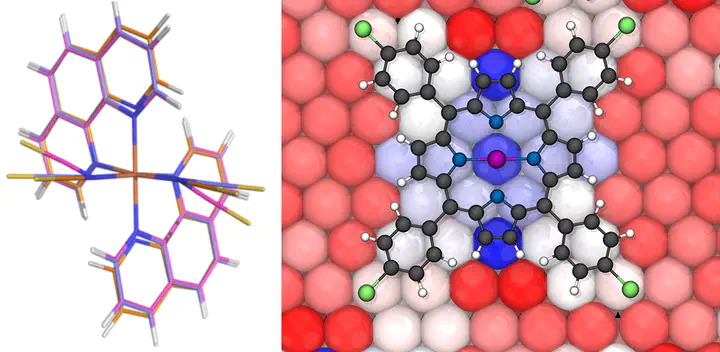
Abstract
Many people in the materials science and solid-state community are familiar with the acronym “DFT+U.” For those less familiar, this technique uses ideas from model Hamiltonians that permit the description of both metals and insulators to address problems of electron over-delocalization in practical implementations of density functional theory (DFT). Exchange-correlation functionals in DFT are often described as belonging to a hierarchical “Jacob’s ladder” of increasing accuracy in moving from local to non-local descriptions of exchange and correlation. DFT+U is not on this “ladder” but rather acts as an “elevator” because it systematically tunes relative energetics, typically on a localized subshell (e.g., d or f electrons), regardless of the underlying functional employed. However, this tuning is based on a metric of the local electron density of the subshells being addressed, thus necessitating physical or chemical or intuition about the system of interest. I will provide a brief overview of the history of how DFT+U came to be starting from the origin of the Hubbard and Anderson model Hamiltonians. This history lesson is necessary because it permits us to make the connections between the “Hubbard U” and fundamental outstanding challenges in electronic structure theory, and it helps to explain why this method is so widely applied to transition-metal oxides and organometallic complexes alike.